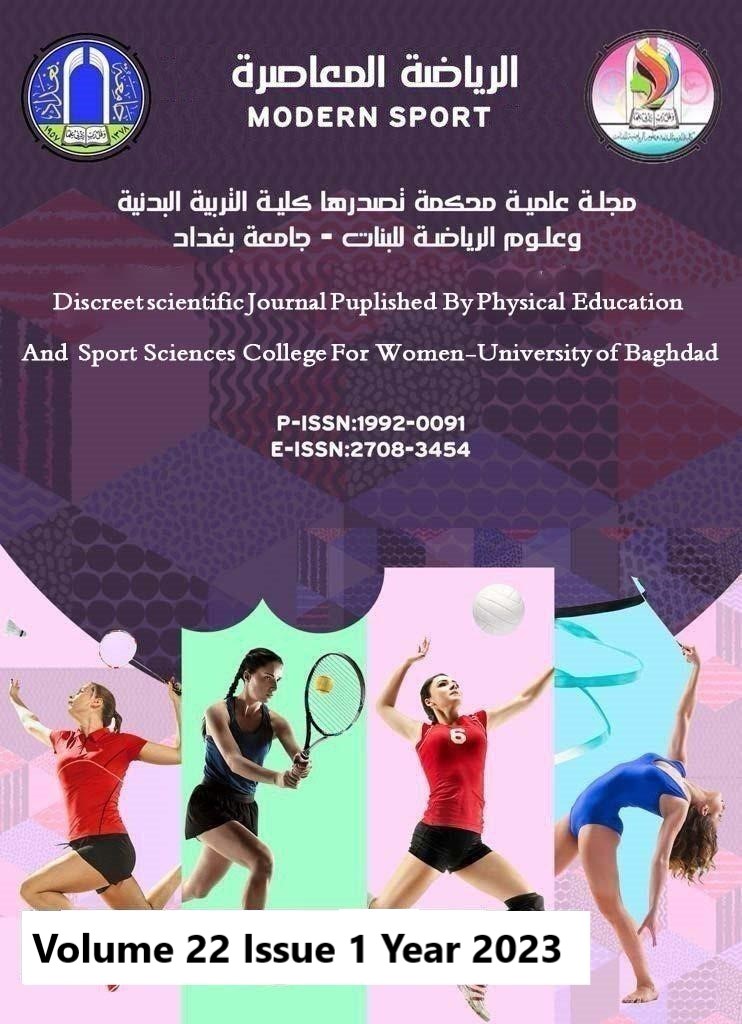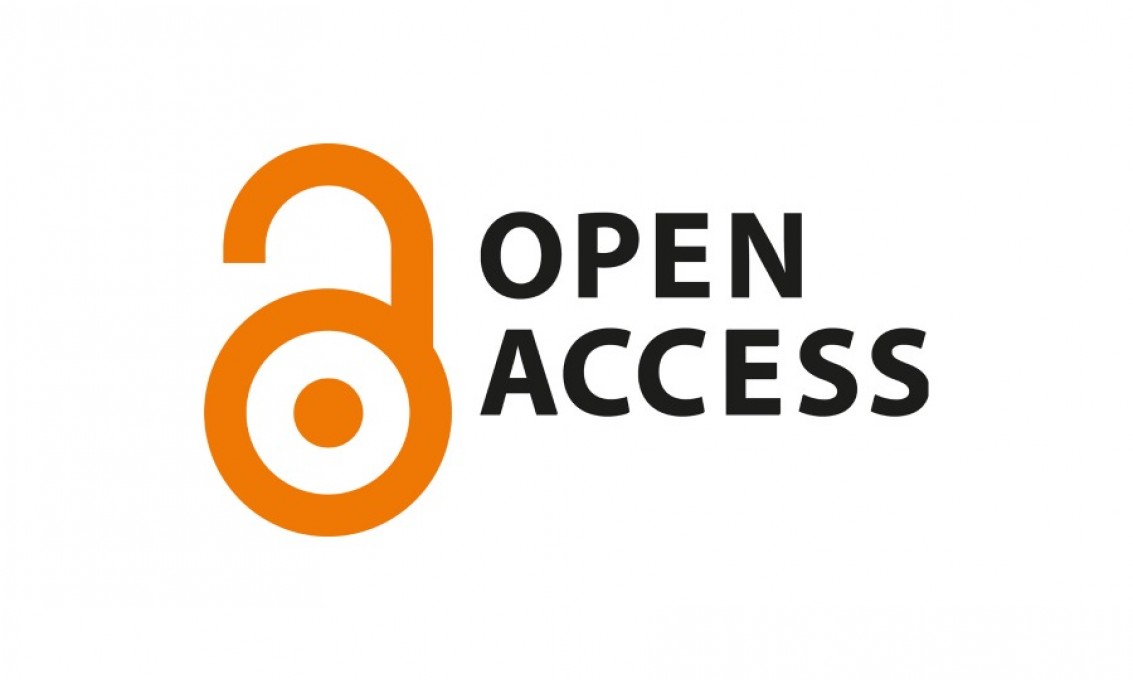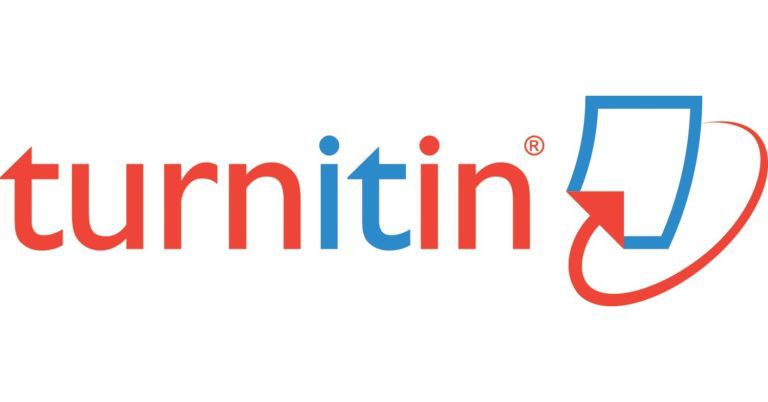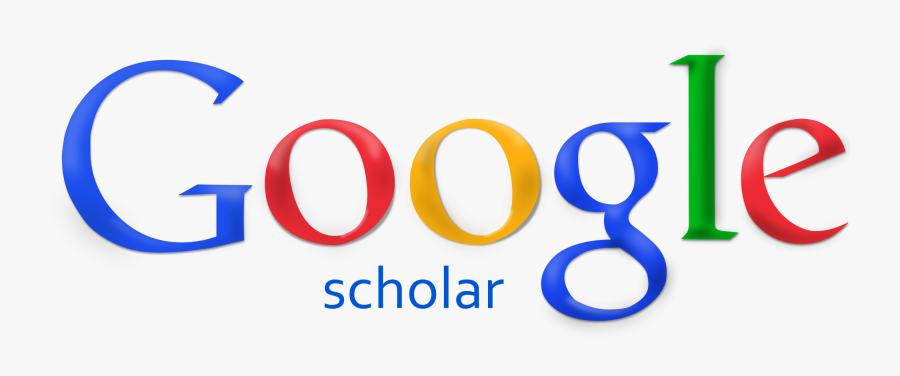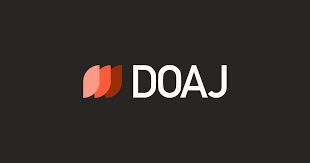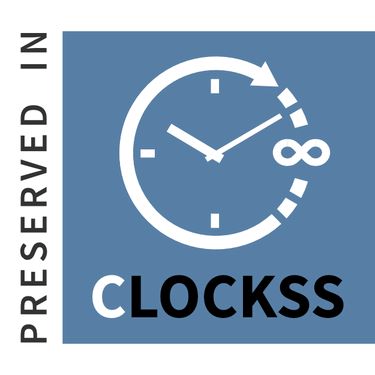Attentive control and its impact on learning some defensive skills of handball players
DOI:
https://doi.org/10.54702/ms.2023.22.1.0106Keywords:
attentional control, defensive skillsAbstract
The importance of the research lies in reaching the players to good levels of attentional control and psychosocial compatibility by performing some of their defensive and offensive skills, and this is what works on the coherence of the defensive and offensive lines and playing centers. Handball, to identify the level of the measure of psychosocial compatibility and defensive skills of the research sample, and the researchers followed the descriptive and experimental approach. 15-17 years old, and their number is (144) players, and the entire community was taken. They were distributed to a sample of scale preparation, samples of exploratory experiments, and a sample of the main experiment. The two researchers chose (24) players from the National Center for Handball Talent Care of the Ministry of Youth and Sports in Wasit Governorate To conduct the main experiment in a deliberate manner, and the two researchers verified the results With the SPSS system, the conclusions are that the exercises prepared by the two researchers were effective in reaching the players to perform the duties within the defensive skills better, as well as the existence of an effective effect of the educational units on the results of the experimental group members within the defensive handball skills, and that the development of attentional control reflected positively on the performance of the players Handball The two researchers recommended that it is necessary to pay attention to the adoption of measures of attentional control to track the level of players in specialized centers, and it is necessary to increase the interest of the departments of physical education and sports sciences in activating mechanisms of cooperation with the faculties of physical education and sports sciences on developing the potential of volleyball teachers within continuing education courses and the need to pay attention to conducting Similar studies on educational stages, or on other sports events and games
References
Abdullah A. R. & Muhammad A. (1999) An Introduction to Scientific Research Methods in Education and Science, 2nd edition: (Kuwait, Al-Falah Press. P:107
Ali. D. & Ahmed B. (1987) Methods of Teaching Physical Education, (Irbid, Al-Amal Press, p. 66.
Ezzo Ismail Afana and Youssef Ibrahim Al-Jaish (2009) Teaching and Learning with Two Sides brain, Amman, Dar Al-Thaqafa. P:78
Hassan Hussein Zaytoun and Kamal Abdel-Hamid (2003) Learning and Teaching from the Perspective of Constructivism (Alexandria, Dar Al-Maarif. P:65
Ibrahim Ahmed Musallam (2000) Teaching Science by Solving Theoretical and Applied Problems (Riyadh, Al-Shukry). P:43
Israa. A. S. (2019) Crystallized intelligence and its relationship to attentional control among university students, (Master’s thesis, Karbala University, Iraq. P:55
Kazem. K. R. (2011) Research Methods in Education and Psychology, Baghdad, Al-Nuaimi Officep. P:278
Mahmoud. I. S. (2015) Research methods in social work, a contemporary vision. I1) Lebanon, University Book House. P:135
Mustafa Abdel-Samie and others (2008) Communication and educational aids, Cairo, Al-Kitab Center for Publishing. P:77
Qasim Lazam (2005) Topics in Motor Learning, Baghdad University of Baghdad, College of Physical Education. P:56
Schmidt. A. R. & Graig. W. (2000), Motor Learning and Performance, (U.S.A. Human Kentics, Second Editionp. P:282
Huda Badawi, R. I. (2020). The effect of rehabilitative exercises accompanied by aids to improve muscle strength and range of motion for people with dislocated shoulder joint. Modern Sport, 19(3), 0134. https://doi.org/10.54702/msj.2020.19.3.0134
Saba Abdul-kareem Zghair, & Sahira Razzaq Kadhum. (2022). Moral integrity among stu-dents of the faculties of physical education sports sciences and fine arts. Modern Sport, 21(4), 0073. https://doi.org/10.54702/ms.2022.21.4.0073
Ghofran Ziad Khalaf, & Widad Kadhum majeed. (2022). The effect of the seven-course learning strategy on learning some offensive handball skills for female students. Modern Sport, 21(2), 0053. https://doi.org/10.54702/msj.2022.21.2.0053
Inaam Mohammed, & Sahira Razzaq. (2022). The effect of a recreational program with small games on the adaptive behavior of children with mental disabilities in Baghdad. Modern Sport, 21(2), 0109. https://doi.org/10.54702/msj.2022.21.2.0109
Ilad Mohammed, & Iqbal Abdul-hussein. (2021). Building a Scout Public Service Scale for first-year students in the faculties of physical education and sports sciences. Modern Sport, 20(4), 0136. https://doi.org/10.54702/msj.2021.20.4.0136
Huda Badawi, H. N. (2020). The effect of using multimedia in learning the skill of passing from the bottom of volleyball. Modern Sport, 19(3), 0178. https://doi.org/10.54702/msj.2020.19.3.0178
Shahad Faiq, & Iqbal Abdul-hussein. (2022). Mental motivation and its relationship to the acquisition of some concepts of traffic safety for fifth grade students. Modern Sport, 21(1), 0017. https://doi.org/10.54702/msj.2022.21.1.0017
Ikhlas Abdul Hameed, & Sahira Razzaq Kadhum. (2022). Psychological Prosperity of Uni-versity Students Practicing and Non-Practicing Sports. Modern Sport, 21(1), 0024. https://doi.org/10.54702/msj.2022.21.1.0024
Downloads
Published
Issue
Section
License
Copyright (c) 2023 Modern Sport

This work is licensed under a Creative Commons Attribution 4.0 International License.
